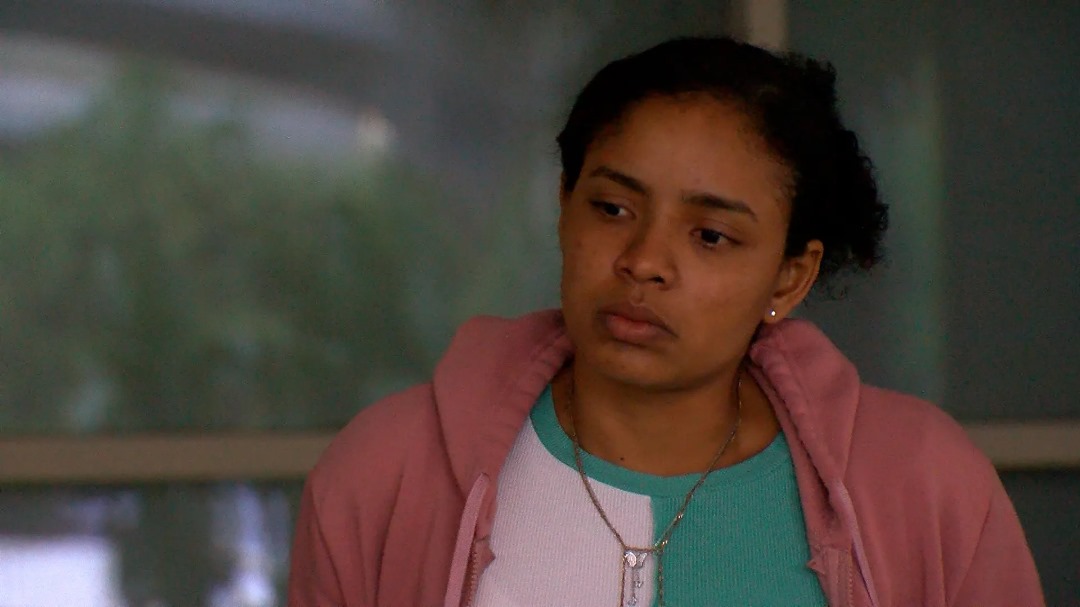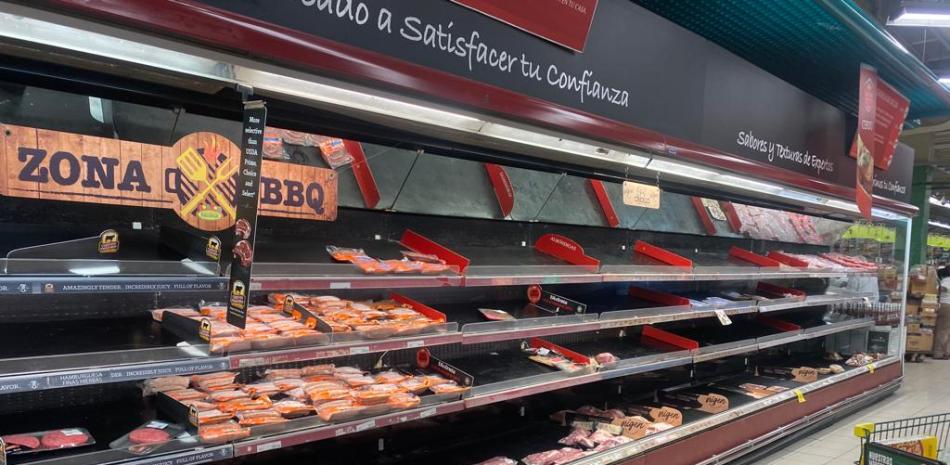The oily visage of a butter cow is an alluring sight at state fairs across the nation, but few people have taken the time to think about what’s inside them. Warning: It’s not more butter.
Instead, like any large sculpture not hewn from a solid block of clay or ice (and sometimes butter), the cows and other large dairy-based sculptures are assembled around an internal framework, or armature. This has come as a surprise to some on social media.
Paul Brooke, the lead sculptor for the American Dairy Association Mideast butter cow display at the Ohio State Fair, said that people have questioned why the sculpture was not made only of butter “over the years off and on.” It comes down to basic sculpting principles, he said.
“It would work without the armatures if you could start with a huge block and just do the whole thing just by carving removal of butter, it would stand,” Mr. Brooke said.
Sarah Pratt, the butter sculptor for state fairs in Iowa, Illinois and Kansas, added that not using an armature would “be like taking all of the bones out of a dairy cow and expecting it to stand.”
At about five and a half feet tall and eight feet long, the Iowa butter cow has been an institution at the Iowa State Fair since 1911. Ms. Pratt became the fair’s fifth butter sculptor in 2006 after apprenticing with her predecessor, Norma Lyon, for 15 years.
Ms. Pratt said she spends about eight weeks a year traveling to build butter sculptures, including the famous Iowa State Fair butter cow. She said she spends about another four months planning the sculptures and building the armatures, in addition to working as a schoolteacher near her home in West Des Moines.
Ms. Pratt also makes other sculptures including renditions of famous Iowa athletes, like the University of Iowa’s star basketball player Caitlin Clark. Every year, she molds about 600 pounds of butter around a frame of wood, metal, wire and steel mesh. Much of the butter is recycled, Ms. Pratt said, and she has used the same batch of butter on the Iowa cow for 18 years.
“The more we work it, it’s almost like having churned it longer,” said Ms. Pratt. “So it’s lower moisture and it’s more like clay.”
Her twin daughters, Grace and Hannah, 19, have become her apprentices and have helped to shape the sculptures with their own expertise in art and design. Grace is studying studio art in college, and Hannah is studying theater production to become a costume designer.
“I’ve studied the form of cows and animals, and I’ve taken my apprenticeship and I’ve applied that to human form,” Ms. Pratt said. “And so Grace is now learning even deeper into the anatomy and movement, new ways to sculpt eyes and ears. And then Hannah comes at it with ‘this is what the fabric would look like’ on top of all of that.”
In Ohio, Mr. Brooke was originally invited to sculpt the butter cow by a colleague at Hasbro, where he worked as a toy sculptor until the company left Cincinnati in 2000. His colleague, Bob Kling, was the chief butter sculptor until he retired about six years ago, leaving Mr. Brooke to take over. The butter is not his primary occupation, he said, as he works with it only one week out of the year and is a freelance sculptor — mostly for toys — the rest of the time.
He also emphasized that butter sculpting is a group effort: His “Team Butter” includes Tammy Buerk, a horse groomer; Erin Birum, an artist; Matt Davidson, a dairy farmer; and Joe Metzler an audio visual expert. Everyone on the team has at least ten years experience except Mr. Metzler, who is in his second year as a butter intern.
This year, the Ohio team used 2,000 pounds of butter to craft a butter cow and calf, in addition to a display that honored Ohio inventors and their creations, which included a sculpture of Thomas Edison with a light bulb and a phonograph. The whole exhibit took about 450 hours to make, including the roughly 360 hours the team spent in the 45-degree cooler while sculpting.
To shape the butter, Mr. Brooke uses tools that can be found in art stores to mold clay and ceramics. Butter is much more sensitive to temperature than traditional sculpting materials. A hunk of freshly softened butter feels different than another hunk that was softened, hardened, then softened again, he said.
Before building begins, the butter supply is delivered outside the cooler so it has two or three days to soften. Then, the sculpting team goes in and out of the cooler to bring the designs to buttery life.
“It’s 55-pound boxes of butter, so you open them up and you just grab as much as you can carry and take it into the cooler and make your forms and your figures,” Mr. Brooke said. “And then, you let them cool off until the butter becomes hard again.”
After the fair, the butter is recycled for use in nonedible products, and Mr. Brooke steps away from butter, which he does not eat for personal health reasons, until the next summer.
“I love dairy in general,” Mr. Brooke said. “But yeah, it’s not good for me. I just kind of avoid it.”






